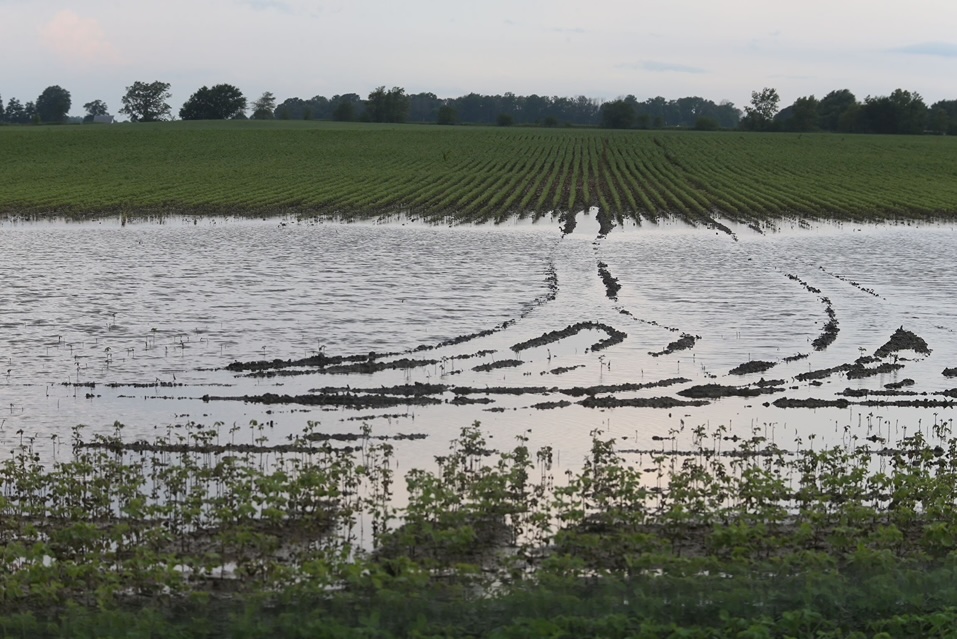Taming Southern Roots: Sustainable Approaches to Cercospora Management

Chicken and waffles. Sweet tea. Cercospora leaf blight. All traditionally rooted in the southern United States. However, recent soy checkoff-funded research indicates that at least one of those things is moving north — and it’s not tasty.
Each year, U.S. soybean farmers lose as much yield to disease as the entire soybean production of China, the world’s fourth-largest producer. Foliar diseases cost U.S. soybean farmers $700 million per year, and some, such as Cercospora leaf blight and frogeye leaf spot, are increasing in geographic range and frequency. To make matters worse, some of these pathogens are evolving fungicide and genetic resistance faster than new fungicides and resistant cultivars can be developed.
To get ahead of this growing issue, the checkoff supported a research program to develop cost-effective, sustainable management options for major foliar soybean diseases. Another goal of the research, led by Ahmad Fakhoury at Southern Illinois University, was to gain a better understanding of the biology of these foliar diseases.
Many of the pathogens causing soybean foliar diseases are historically understudied. For example, CLB was historically thought to be caused exclusively by Cercospora kikuchii. From a collection of more than 700 pathogen isolates from 10 soybean-producing states, researchers determined C. flagellaris is actually the predominant pathogen associated with CLB in the U.S., followed by C. sigesbeckiae. As it turns out, C. kikuchii has not been found in the U.S.
The study used an association mapping approach to identify regions of the C. sojina genome that correlated with FLS, leading to the discovery of two regions of the C. sojina genome strongly associated with different races of the pathogen.
Most commercial soybean varieties are susceptible to FLS. Three genes that condition resistance are known, but less than 5% of commercial varieties contain them. Five naturally occurring strains of C. sojina that infected soybean cultivar Davis (the original source of Rcs3) at consistent, albeit low, levels were identified through this checkoff-funded research. Advanced breeding lines were evaluated for resistance to C. sojina, and five with high crop potential will be introduced to uniform soybean tests in 2020 and advanced as breeding material.
Toward other goals, strobilurin fungicide-resistant strains of C. sojina were confirmed in 250 counties/parishes in 15 states from 2010 to 2018. These findings helped soybean farmers make better-informed decisions about foliar fungicide products to best control FLS in their area, increasing awareness and showing the benefit of integrated disease management.
This work, funded by checkoff dollars, will provide both immediate benefits and long-term solutions to minimize the risks of soybean foliar pathogens, including CLB, FLS and Septoria brown spot pathogen. A combination of new disease-resistant cultivars and management practices will benefit farmers, and ultimately the entire soybean community.
This program is a great example of collaboration among the state and regional checkoff organizations, university researchers and the national soy checkoff. It was co-funded by the United Soybean Board and the Mid-South Soybean Board. The data from this work was used to develop tools to track disease movement, expansion and economic losses by university extension agents who are funded by their Qualified State Soybean Boards, North Central Soybean Research Program and their universities.



